The Ultimate Guide to Choosing the Best Martial Art for You
Table of Contents:
- Introduction
- Understanding Martial Arts
III. Factors to Consider When Choosing a Martial Art
- Comparison of Different Martial Arts
- Karate
- Taekwondo
- Brazilian Jiu-Jitsu
- Muay Thai
- Judo
- Kung Fu
- Benefits of Practicing Martial Arts
- Conclusion
Introduction
Martial arts have a rich history dating back centuries, with roots in cultures and civilizations across the globe. From the disciplined warriors of ancient China to the samurai of feudal Japan, martial arts have been integral to the development of combat techniques, self-defense strategies, and philosophical principles. Today, they continue to thrive as diverse disciplines, encompassing a wide range of styles, techniques, and philosophies. Whether practiced as a form of physical exercise, self-defense training, competitive sport, or spiritual pursuit, martial arts offer something for everyone. This guide aims to delve into the world of martial arts, exploring the different styles and helping you navigate the process of choosing the best one for your needs and interests.
Understanding Martial Arts
Martial arts are more than just systems of combat; they are holistic disciplines that promote physical fitness, mental discipline, and spiritual growth. Each martial art has its own unique history, techniques, and cultural significance, shaped by the values and beliefs of its practitioners. While some martial arts focus on striking techniques like punches and kicks, others emphasize grappling, joint locks, and throws. Training in martial arts typically involves a combination of drills, forms (kata), sparring, and self-defense techniques, providing practitioners with a well-rounded skill set for both combat and personal development.
Factors to Consider When Choosing a Martial Art
When embarking on the journey of learning a martial art, there are several factors to take into consideration. Firstly, it’s essential to define your goals and motivations. Are you interested in self-defense, physical fitness, competition, or personal growth? Understanding your objectives will help narrow down the options and find a martial art that aligns with your aspirations. Additionally, consider your physical abilities and limitations. Some martial arts may be more demanding in terms of strength, flexibility, or agility, so it’s essential to choose a style that suits your body type and fitness level.

Comparison of Different Martial Arts
A. Karate:
What is it?
Karate is a traditional Japanese martial art that originated on the island of Okinawa. It emphasizes striking techniques using hands and feet, with a focus on powerful punches, kicks, and strikes. Karate practitioners also learn blocking techniques to defend against attacks, as well as kata (forms) to practice sequences of movements and develop muscle memory.
Where you’ve seen it:
You may have seen Karate in action in movies, television shows, or martial arts demonstrations. It is one of the most widely recognized martial arts globally, with a strong presence in popular culture. Karate dojos (training schools) can be found in cities and towns around the world, offering classes for students of all ages and skill levels.
What to expect:
In Karate training, you can expect a combination of physical conditioning, technique drills, and sparring. Classes typically begin with a warm-up consisting of stretching and cardio exercises to prepare the body for training. You’ll then practice basic techniques such as punches, kicks, and blocks, focusing on proper form and execution. As you progress, you’ll learn more advanced techniques, kata, and self-defense applications. Sparring (kumite) may be introduced at higher levels, allowing you to apply your skills in a controlled, competitive setting.
Is it for you?
Karate is suitable for individuals of all ages and fitness levels, making it accessible to beginners and experienced martial artists alike. If you’re interested in developing striking skills, improving physical fitness, and learning self-defense techniques in a structured and disciplined environment, Karate may be the right choice for you. It offers a balance of tradition, practicality, and personal growth, allowing you to progress at your own pace while honing both your physical and mental abilities.

B. Taekwondo:
What is it?
Taekwondo is a Korean martial art known for its dynamic kicking techniques and agile movements. It emphasizes speed, flexibility, and precision, with practitioners learning a variety of kicks, punches, and blocks. Taekwondo also incorporates forms (poomsae), sparring (kyorugi), and breaking techniques, offering a well-rounded approach to martial arts training.
Where you’ve seen it:
You may have seen Taekwondo in action during Olympic competitions, as it has been an official Olympic sport since 2000. It is also commonly featured in movies, television shows, and martial arts exhibitions, showcasing its fast-paced and acrobatic techniques. Taekwondo schools can be found in communities worldwide, offering classes for children, adults, and families.
What to expect:
In Taekwondo training, you can expect to develop flexibility, agility, and explosive power through a combination of kicking drills, forms practice, and sparring. Classes typically begin with warm-up exercises to improve flexibility and mobility, followed by fundamental techniques such as stances, blocks, and strikes. You’ll then progress to learning various kicks, including front kicks, roundhouse kicks, side kicks, and spinning kicks. As you advance, you’ll learn more complex combinations and strategies for sparring.
Is it for you?
Taekwondo is ideal for individuals who enjoy high-energy activities and want to improve their flexibility, coordination, and cardiovascular fitness. If you’re interested in mastering dynamic kicking techniques and competing in tournaments, Taekwondo offers ample opportunities for both recreational and competitive practitioners. It also emphasizes discipline, respect, and self-control, making it suitable for children and adults alike who are looking to develop not only physical skills but also character and mental fortitude.

If you’re interested in comparing Brazilian Jiu-Jitsu with other martial arts such as Karate and Taekwondo, you can find valuable insights in this article Brazilian Jiu Jitsu vs Karate vs Taekwondo.
C. Brazilian Jiu-Jitsu:
What is it?
Brazilian Jiu-Jitsu (BJJ) is a grappling-based martial art that focuses on ground fighting and submission holds. It evolved from traditional Japanese Jiu-Jitsu and Judo, with a strong emphasis on leverage, technique, and control. BJJ practitioners learn to take their opponents to the ground, where they can use positional control and submissions to gain an advantage.
Where you’ve seen it:
You may have seen Brazilian Jiu-Jitsu in mixed martial arts (MMA) competitions, as many MMA fighters incorporate BJJ techniques into their arsenal. It is also commonly practiced in dedicated BJJ schools (academies) and tournaments around the world. BJJ has gained widespread popularity due to its effectiveness in real-life self-defense situations and its emphasis on practical, hands-on training.
What to expect:
In Brazilian Jiu-Jitsu training, you can expect to learn a combination of takedowns, ground control, and submission techniques. Classes typically begin with warm-up exercises and drills to improve agility, balance, and coordination. You’ll then practice techniques such as sweeps, escapes, and submissions from various positions, including the guard, mount, and back control. Sparring (rolling) plays a central role in BJJ training, allowing practitioners to test their skills against resisting opponents in a safe and controlled environment.
Is it for you?
Brazilian Jiu-Jitsu is suitable for individuals of all ages and body types, as it relies on leverage and technique rather than brute strength. If you’re interested in learning practical self-defense skills and gaining confidence in your ability to control and submit opponents, BJJ offers a highly effective and rewarding training experience. It also promotes physical fitness, mental resilience, and problem-solving skills, making it an excellent choice for those seeking a challenging yet fulfilling martial arts journey. Whether you’re looking to compete in tournaments, stay in shape, or simply learn how to protect yourself, Brazilian Jiu-Jitsu provides a comprehensive and practical approach to martial arts training.
For further information about Brazilian Jiu-Jitsu and its techniques, benefits, and training methods, you can check out this article Brazilian Jiu Jitsu.

D. Muay Thai:
What is it?
Muay Thai, also known as Thai boxing, is a striking-based martial art that originated in Thailand. It is often referred to as the “art of eight limbs” due to its use of fists, elbows, knees, and shins in combat. Muay Thai practitioners learn a wide range of striking techniques, clinch work, and defensive maneuvers, making it one of the most versatile and effective stand-up fighting styles.
Where you’ve seen it:
You may have seen Muay Thai in action in professional kickboxing events, as well as in movies and television shows featuring martial arts combat. Muay Thai has gained international recognition for its brutal effectiveness and has become increasingly popular in combat sports competitions worldwide. Muay Thai gyms (training camps) can be found in many countries, offering classes for beginners and experienced fighters alike.
What to expect:
In Muay Thai training, you can expect to develop strength, endurance, and striking proficiency through a combination of bag work, pad drills, and sparring. Classes typically begin with a warm-up consisting of skipping, shadowboxing, and calisthenics to improve cardiovascular fitness and mobility. You’ll then practice basic techniques such as punches, kicks, elbows, and knees, focusing on proper form, timing, and power generation. As you progress, you’ll learn more advanced combinations, defensive strategies, and clinch techniques for close-range fighting.
Is it for you?
Muay Thai is well-suited for individuals who enjoy high-intensity training and want to improve their striking skills for self-defense or competition. If you’re looking for a challenging workout that combines cardio, strength, and technique, Muay Thai offers a rigorous and rewarding training experience. It also emphasizes mental toughness, discipline, and respect for opponents, making it an excellent choice for those seeking personal growth and self-improvement through martial arts practice. Whether you’re a beginner or an experienced fighter, Muay Thai provides a practical and effective approach to stand-up combat that can benefit individuals of all fitness levels and backgrounds.

Additionally, if you’re curious about how Brazilian Jiu-Jitsu stacks up against Muay Thai in terms of techniques and effectiveness, you can explore this article Brazilian Jiu Jitsu vs Muay Thai. These resources offer in-depth analysis and comparisons to help you make informed decisions about your martial arts journey.
E. Judo:
What is it?
Judo, meaning “gentle way” in Japanese, is a martial art that focuses on throwing, grappling, and ground fighting techniques. Developed by Jigoro Kano in Japan in the late 19th century, Judo evolved from traditional Jiu-Jitsu and emphasizes using an opponent’s momentum against them. Judo practitioners learn a variety of throws, takedowns, and pins, as well as submission techniques and defensive maneuvers.
Where you’ve seen it:
You may have seen Judo in action in Olympic competitions, as it has been an official Olympic sport since 1964. It is also commonly practiced in dedicated Judo dojos (schools) and tournaments around the world. Judo’s emphasis on technique, timing, and control has made it a popular martial art for self-defense, competition, and physical fitness.
What to expect:
In Judo training, you can expect to develop balance, coordination, and throwing skills through a combination of drills and sparring. Classes typically begin with warm-up exercises and ukemi (falling) practice to ensure safety during throws and takedowns. You’ll then learn basic techniques such as hip throws, shoulder throws, and foot sweeps, focusing on proper technique and body mechanics. As you progress, you’ll learn more advanced techniques and strategies for controlling and submitting opponents on the ground.
Is it for you?
Judo is suitable for individuals of all ages and fitness levels, as it emphasizes technique and leverage over strength and size. If you’re interested in learning practical self-defense skills and gaining confidence in your ability to control and immobilize opponents, Judo offers a highly effective and efficient training experience. It also promotes physical fitness, mental discipline, and camaraderie among practitioners, making it an excellent choice for those seeking personal growth and community engagement through martial arts practice. Whether you’re looking to compete in tournaments, stay in shape, or simply learn how to protect yourself, Judo provides a comprehensive and practical approach to martial arts training.

F. Kung Fu:
What is it?
Kung Fu, also known as Chinese martial arts, encompasses a diverse range of fighting styles originating from China. With roots dating back thousands of years, Kung Fu includes both external styles focused on physical strength and speed, as well as internal styles emphasizing energy flow and mindfulness. Practitioners of Kung Fu learn a wide range of techniques, including strikes, kicks, blocks, and sweeps, as well as qigong exercises for health and vitality.
Where you’ve seen it:
You may have seen Kung Fu in action in movies, television shows, and martial arts demonstrations, as it has been featured prominently in popular culture. Kung Fu has gained international recognition for its graceful and powerful movements, as well as its philosophical approach to combat and personal development. Kung Fu schools (dojos) can be found in many countries, offering classes for students of all ages and abilities.
What to expect:
In Kung Fu training, you can expect to develop strength, flexibility, and mindfulness through a combination of forms practice, partner drills, and conditioning exercises. Classes typically begin with a warm-up consisting of stretching and breathing exercises to improve flexibility and focus. You’ll then learn basic techniques such as punches, kicks, and blocks, as well as more advanced combinations and applications. Forms (taolu) play a central role in Kung Fu training, allowing practitioners to practice sequences of movements and cultivate fluidity and grace in their technique.
Is it for you?
Kung Fu is suitable for individuals who are interested in exploring the rich history, philosophy, and culture of Chinese martial arts. If you’re looking for a holistic approach to martial arts training that combines physical fitness, mental discipline, and spiritual growth, Kung Fu offers a comprehensive and rewarding experience. It emphasizes balance, harmony, and self-awareness, making it an excellent choice for those seeking personal development and self-improvement through martial arts practice. Whether you’re drawn to the dynamic movements of external styles like Shaolin, the internal energy work of Tai Chi, or the close-quarters combat of Wing Chun, Kung Fu offers something for everyone and provides a lifelong journey of exploration and discovery.

Benefits of Practicing Martial Arts
In addition to learning practical self-defense skills, practicing martial arts offers a wide range of physical, mental, and emotional benefits that contribute to overall well-being and personal growth.
Physically, martial arts training provides a comprehensive workout that improves cardiovascular health, strength, flexibility, and coordination. The dynamic movements and techniques practiced in martial arts classes engage multiple muscle groups and promote functional fitness, enhancing agility, speed, and power. Regular training can help individuals achieve their fitness goals, whether they’re aiming to lose weight, build muscle, or improve overall physical conditioning.
Mentally, martial arts cultivate discipline, focus, and mental resilience through structured training and goal setting. Learning and mastering techniques require concentration, patience, and perseverance, teaching practitioners valuable skills for overcoming challenges both on and off the mat. Martial arts training also fosters mental agility and problem-solving abilities as practitioners adapt to different opponents and scenarios during sparring and self-defense drills.
Emotionally, martial arts provide an outlet for stress relief, self-expression, and personal growth. The camaraderie and support found within martial arts communities create a positive and encouraging environment where individuals can develop confidence, self-esteem, and a sense of belonging. Martial arts training instills important values such as respect, humility, and integrity, helping practitioners build strong character and ethical foundations.
Conclusion
Choosing the best martial art to study is a deeply personal decision that should be based on your interests, goals, and preferences. Whether you’re drawn to the striking techniques of Karate and Muay Thai, the grappling skills of Brazilian Jiu-Jitsu and Judo, or the holistic approach of Kung Fu, there’s a martial art that suits your needs and aspirations.
By exploring different styles, seeking guidance from experienced instructors, and dedicating yourself to consistent practice, you can embark on a rewarding journey of self-discovery, growth, and empowerment through martial arts. Regardless of which martial art you choose, the benefits extend far beyond the physical techniques, enriching your life both on and off the mat.
Through martial arts training, you’ll not only improve your physical fitness and self-defense skills but also cultivate mental discipline, emotional resilience, and a sense of community. Whether you’re looking to compete in tournaments, stay in shape, or simply learn how to protect yourself, martial arts offer a path to personal growth and fulfillment that lasts a lifetime.
Frequently Asked Questions (FAQs) about Choosing the Best Martial Art
Q: How do I know which martial art is right for me?
A: Choosing the right martial art depends on various factors such as your goals, interests, physical abilities, and lifestyle. Consider what you hope to achieve through martial arts training, whether it’s self-defense skills, physical fitness, competition, or personal growth. Explore different styles, visit local dojos, and talk to instructors to find a martial art that aligns with your preferences and aspirations.
Q: I’m a complete beginner with no prior martial arts experience. Where should I start?
A: Beginners often find success starting with martial arts styles that emphasize fundamental techniques, structured training, and a supportive learning environment. Styles like Karate, Taekwondo, and Brazilian Jiu-Jitsu offer beginner-friendly classes designed to introduce basic techniques, build confidence, and provide a solid foundation for further advancement.
Q: Are martial arts classes safe for children?
A: Yes, martial arts classes can be safe and beneficial for children when taught by qualified instructors in a structured and supervised environment. Many martial arts schools offer specialized programs for children that focus on age-appropriate techniques, safety protocols, and character development. Parents should research potential schools, visit the facility, and talk to instructors to ensure a positive and safe experience for their children.
Q: Do I need to be in good shape to start practicing martial arts?
A: No, martial arts are accessible to individuals of all fitness levels and body types. In fact, martial arts training can help improve physical fitness, flexibility, and overall health over time. Beginners are encouraged to start at their own pace and gradually increase intensity as they become more comfortable with the techniques and conditioning exercises.
Q: Can I practice martial arts if I have a pre-existing medical condition or injury?
A: It depends on the nature and severity of the condition or injury. Before starting martial arts training, individuals with pre-existing medical conditions or injuries should consult with their healthcare provider to assess suitability and discuss any necessary precautions or modifications. Many martial arts schools offer adaptive programs and personalized instruction to accommodate individuals with specific health concerns.
Q: How long does it take to become proficient in a martial art?
A: The time it takes to become proficient in a martial art varies depending on individual factors such as dedication, consistency, natural ability, and the complexity of the style. Some practitioners may achieve proficiency in basic techniques within a few months of regular training, while mastering advanced skills and achieving higher ranks may take several years of dedicated practice.
Q: Can martial arts help with self-defense?
A: Yes, martial arts training can provide valuable self-defense skills and techniques that can be applied in real-life situations. However, self-defense effectiveness depends on various factors including situational awareness, confidence, and the ability to remain calm under pressure. Martial arts also teach important principles such as conflict resolution, de-escalation, and avoiding confrontation whenever possible.
Q: Is there a risk of injury in martial arts training?
A: Like any physical activity, martial arts training carries a risk of injury, particularly during contact drills, sparring, and competitive matches. However, the risk can be minimized through proper warm-up, technique instruction, supervision, and adherence to safety guidelines. Most reputable martial arts schools prioritize safety and provide guidelines for preventing injuries and responding to emergencies.
Q: Can martial arts training help improve mental health and emotional well-being?
A: Yes, martial arts training offers numerous mental health benefits including stress relief, improved focus, increased self-confidence, and enhanced resilience. The structured nature of martial arts classes provides a positive outlet for stress and anxiety, while the discipline and goal-setting inherent in martial arts practice promote self-esteem and personal growth. Additionally, the camaraderie and support of fellow practitioners create a sense of community and belonging that can contribute to overall emotional well-being.

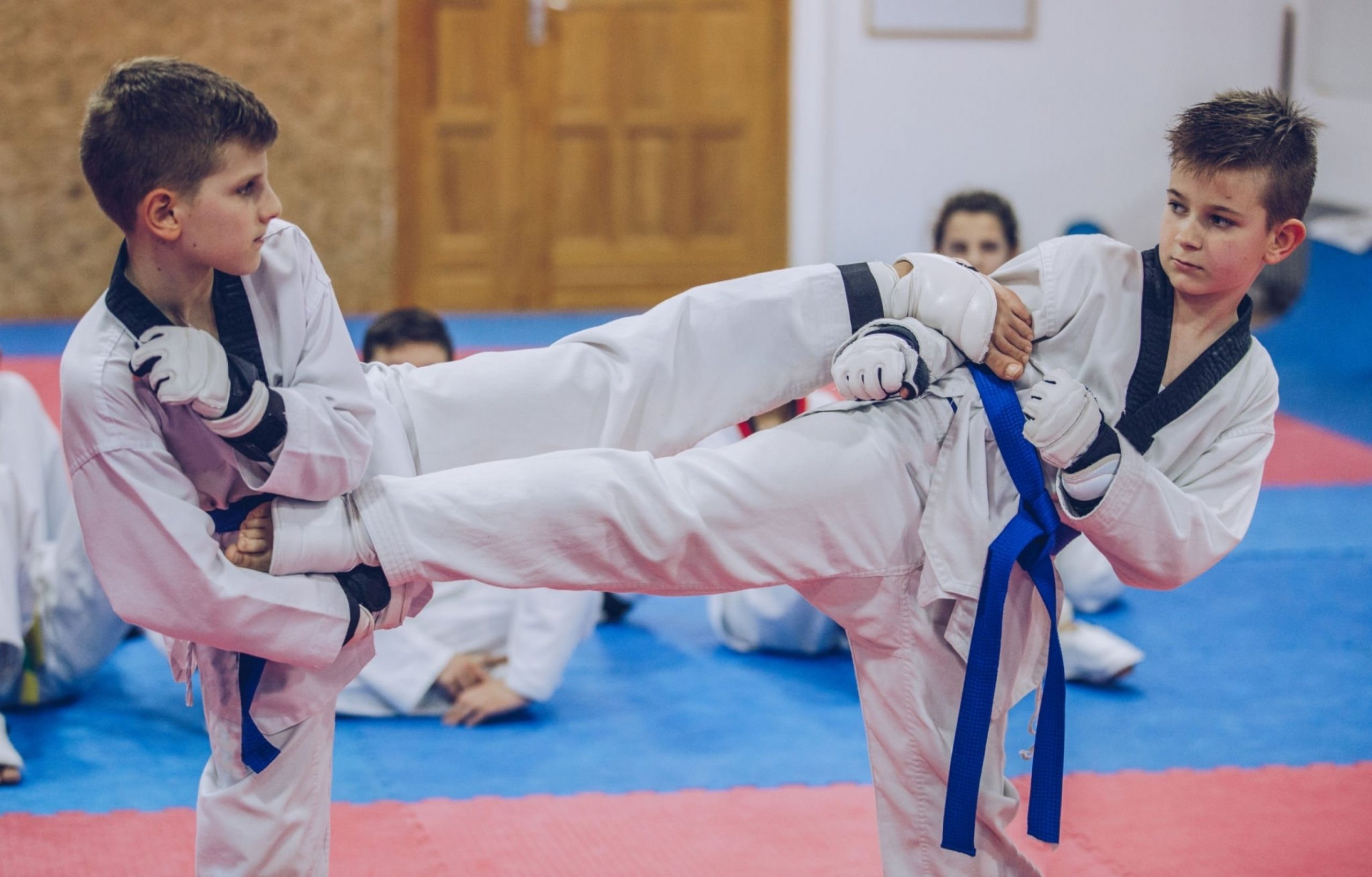

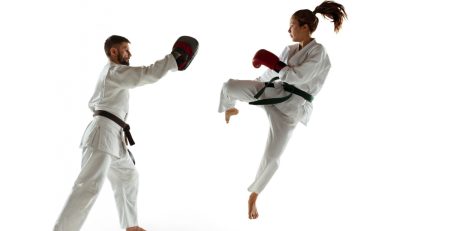
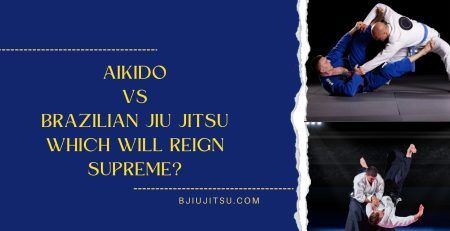


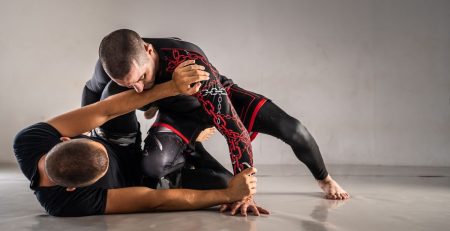
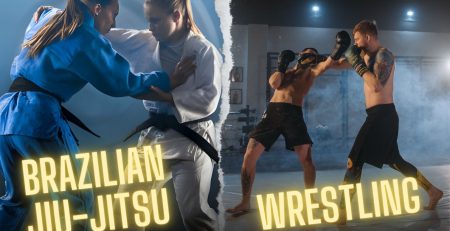

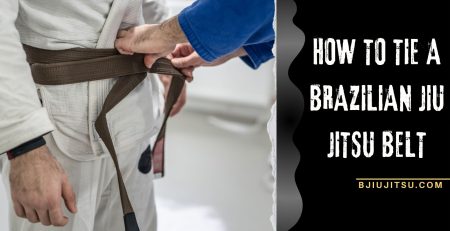


Leave a Reply
You must be logged in to post a comment.